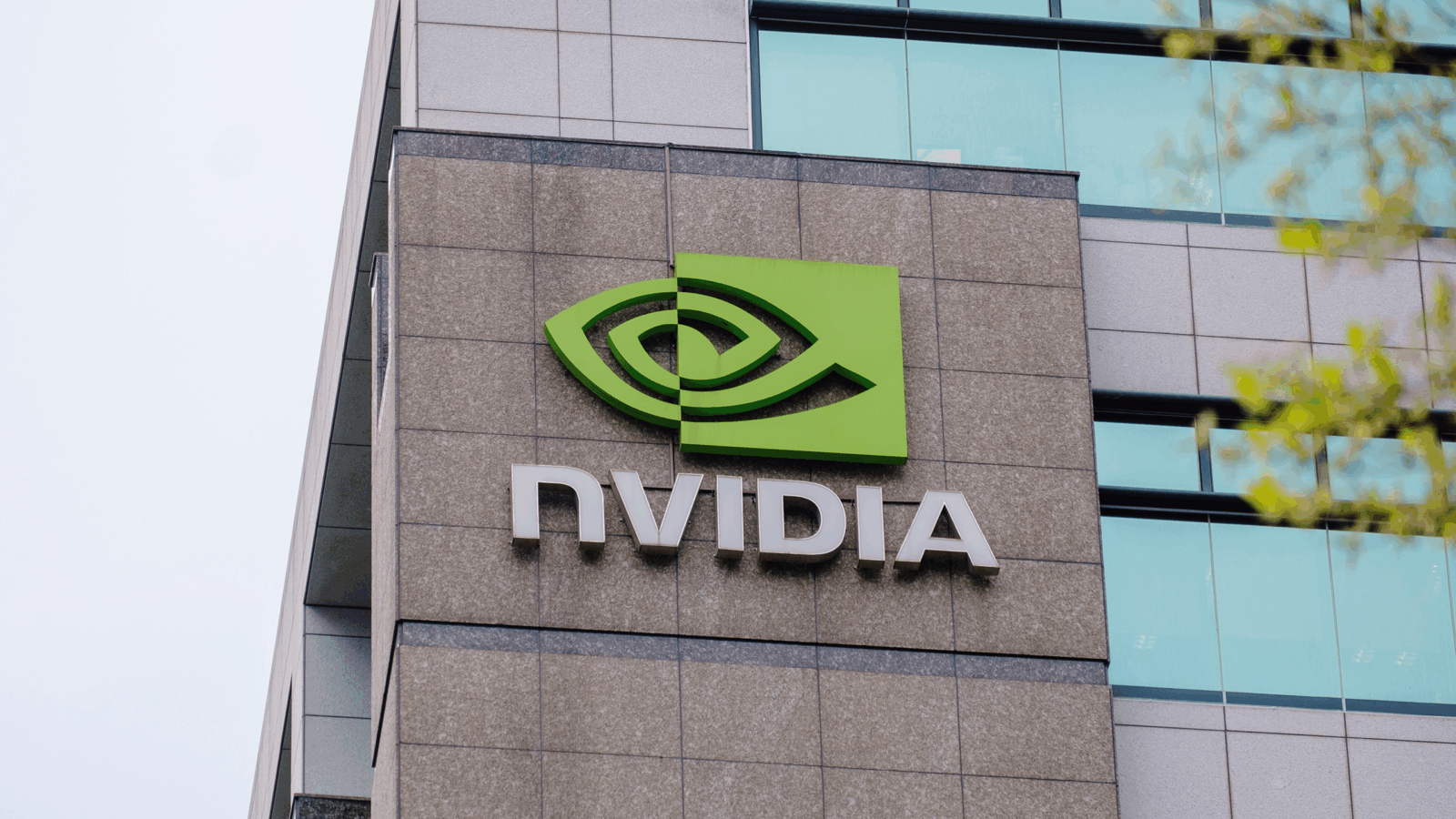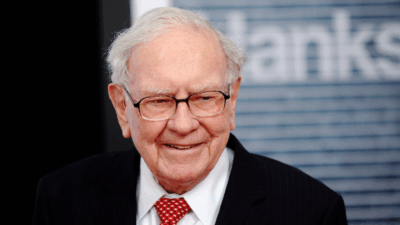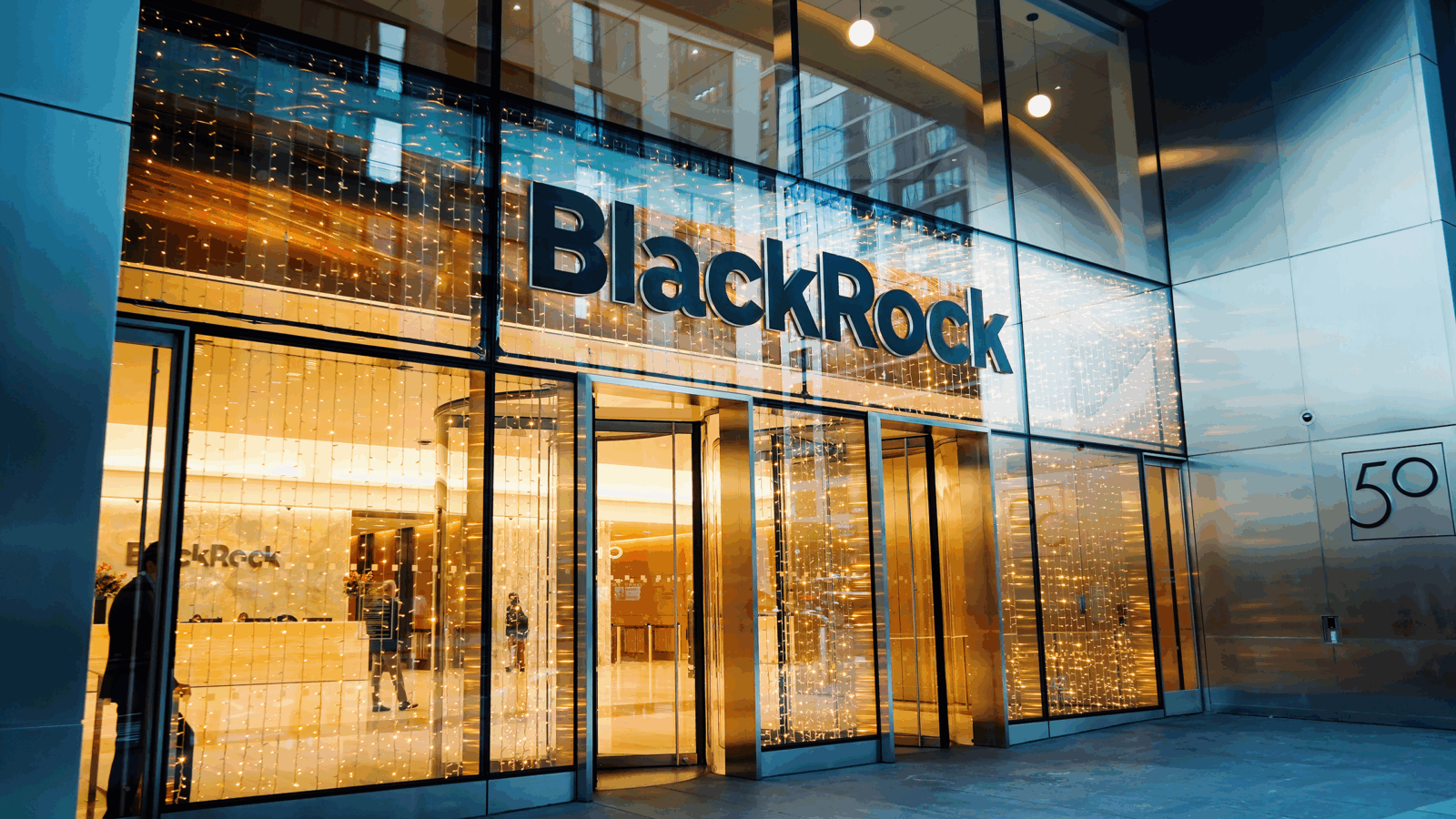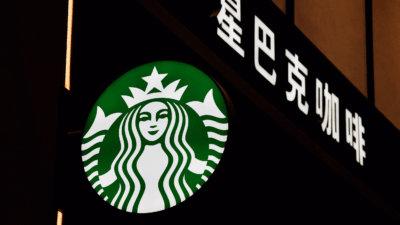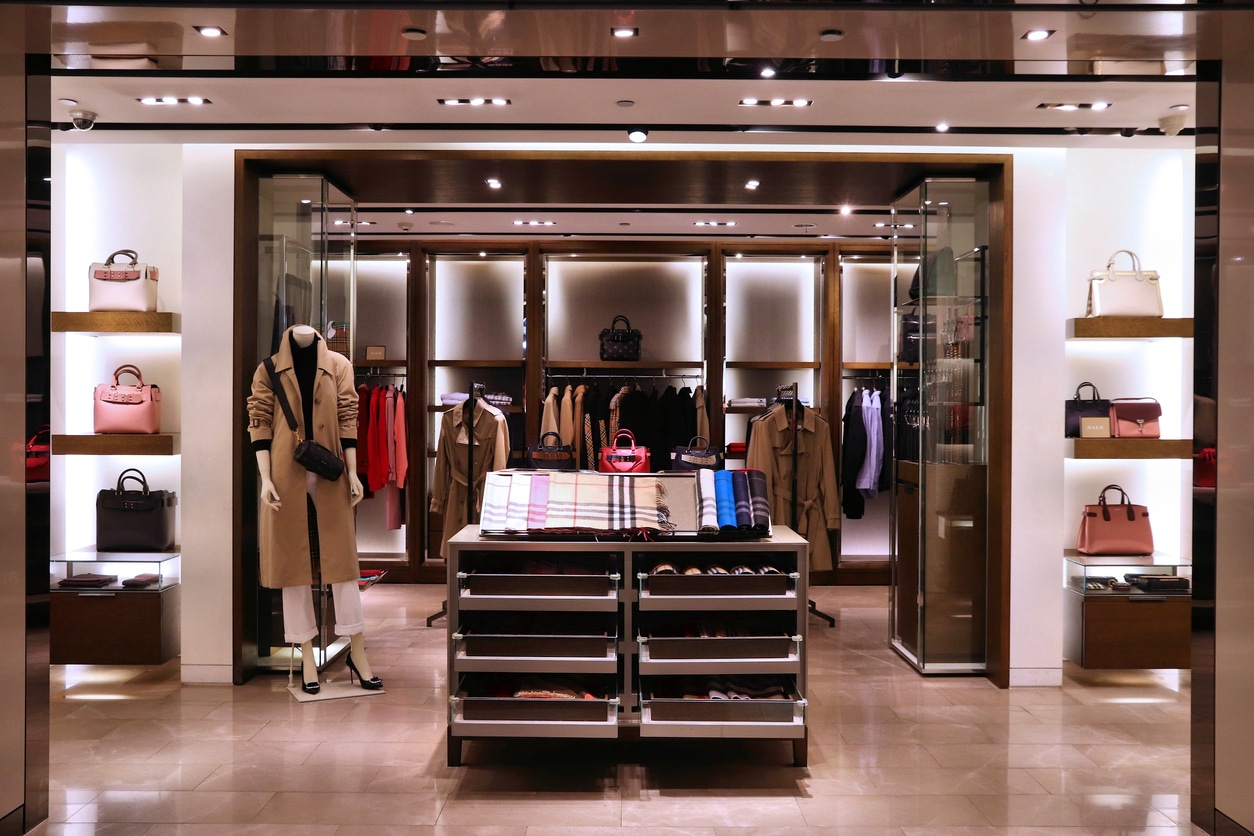
Sign up for smart news, insights, and analysis on the biggest financial stories of the day.
Fashion is an industry of trends and, on Thursday, two luxury jacket brands let the business world know what’s en vogue.
At Britain’s Burberry — famed for posh trench coats and iconic tartan — it’s dividends. A rebound in revenue prompted the company to reinstate shareholder payouts back to pre-pandemic levels. At Canada Goose — where down-stuffed parkas are the coat du jour — it’s China, where the brand’s revenues doubled in the last year.
Both results are only the latest signs that high-end retail, flaunted by wealthy spenders with cash to splurge, is speeding out of the pandemic.
Coat Check
Things weren’t supposed to be this good. Last November, Bain and Altagamma analysts forecasted that global luxury sales would contract 23% to €217 billion in 2020…and take up to three years to recover.
Instead, sales only dipped about 10%, and several brands are already nearing or exceeding their pre-pandemic sales numbers.
Burberry and Canada Goose, for their part, are selling jackets like there’s an ice age around the bend:
- Burberry’s fourth quarter revenues were up 32% year-over-year. Those numbers were, however, still 5% shy of pre-pandemic levels, while larger rivals Hermès and LVMH have already outpaced their pre-pandemic highs.
- Canada Goose, meanwhile, soared high above analyst expectations, reporting C$209 million in revenue – a 48% jump from a year earlier. The company expects to top the C$1 billion mark in annual sales for the first time ever this year.
“The downturn this time was severe but in reality was short in duration, unlike prior crises,” said Citigroup luxury analyst Thomas Chauvet of the recent run of strong earnings from high-end brands.
Trade Winds: Canada Goose flew on the winds of global e-commerce, as online sales popped 123% due to the pandemic. In addition, direct-to-consumer sales in mainland China doubled year-over-year. Burberry similarly said its 63% bump in full-price sales was thanks to well-to-do customers in mainland China, Korea, and the U.S.
